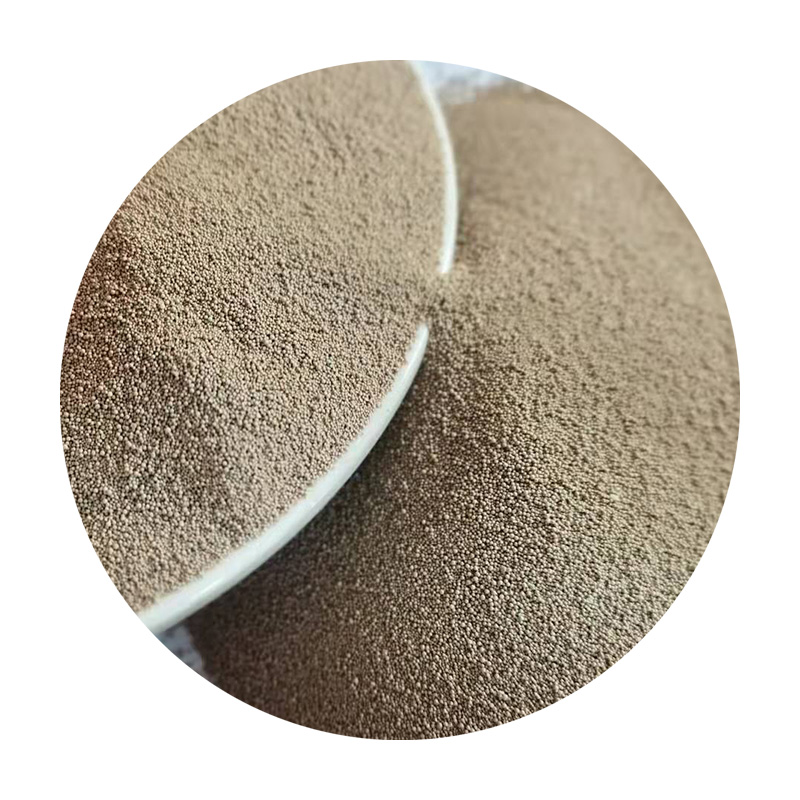Hard Sand Casting An Overview of Techniques and Applications
Hard sand casting is a versatile manufacturing process that combines both traditional craftsmanship and modern technology to produce high-quality metal parts. This method involves pouring molten metal into a sand mold to create intricate shapes and components. The process not only ensures durability but also provides flexibility in design, making it suitable for various industries, including automotive, aerospace, and general engineering.
Understanding the Basics of Hard Sand Casting
At its core, hard sand casting begins with the preparation of the sand mold. The sand used in this process is typically mixed with a bonding agent, such as clay, to enhance its properties. This mixture is then compacted around a pattern that represents the final shape of the desired metal part. Once the mold is prepared, molten metal, often aluminum, iron, or steel, is poured into the cavity, filling the space left by the pattern.
After the metal cools and solidifies, the mold is broken apart to reveal the casting. The final step involves cleaning and finishing the cast part, which may include processes such as grinding, machining, or polishing to achieve the desired surface finish and dimensions.
Advantages of Hard Sand Casting
1. Cost-Effectiveness One of the primary advantages of hard sand casting is its cost-effectiveness, especially for medium to large production runs. The materials used for molds can be very affordable, and the overall process requires less initial investment compared to other manufacturing methods.
2. Versatility Hard sand casting is capable of producing complex shapes that might be challenging to achieve through other methods. This flexibility allows for a wide range of applications across different industries, from simple components to more intricate assemblies.
3. Material Variety The process is compatible with various metals, enabling manufacturers to select materials that best suit their specific needs, whether for strength, corrosion resistance, or conductivity.
hard sand casting

4. Durability Cast components are known for their strength and longevity. The high durability of parts produced through hard sand casting makes them ideal for demanding applications, such as in heavy machinery or automotive parts.
Applications in Industry
Hard sand casting is prevalent in many sectors. In the automotive industry, it is used to manufacture engine blocks, transmission cases, and various other components that require high durability and precision. Aerospace applications also benefit from this technique due to its ability to create lightweight yet strong parts, which are critical for performance and safety.
The construction industry utilizes hard sand casting for producing high-strength components like beams, columns, and decorative elements. Additionally, the wind energy sector employs this method to create components for wind turbines, where reliability and performance are paramount.
The Future of Hard Sand Casting
As technology continues to advance, hard sand casting is evolving. The integration of computer-aided design (CAD) and computer-aided manufacturing (CAM) tools has enhanced the design and production process, allowing for greater precision and efficiency. Furthermore, the use of 3D printing technology is gaining traction in creating molds, which can significantly reduce lead times and costs related to mold production.
Additionally, advancements in materials science are expanding the possibilities for the types of metals and alloys that can be effectively cast. This trend is particularly important in industries where weight reduction and enhanced performance are key considerations.
Conclusion
Hard sand casting remains an essential process in the manufacturing landscape, owing to its reliability, versatility, and cost-effectiveness. As industries continue to demand higher performance and more complex parts, the hard sand casting process is set to adapt and grow. By leveraging modern technologies and innovative materials, manufacturers can ensure that hard sand casting will continue to play a pivotal role in producing high-quality metal components for years to come. Whether it is in automotive applications, aerospace designs, or industrial machinery, the benefits of hard sand casting make it a valuable process worth considering for various manufacturing needs.
Post time:Окт . 10, 2024 22:55
Next:what type of sand is used in sand casting
